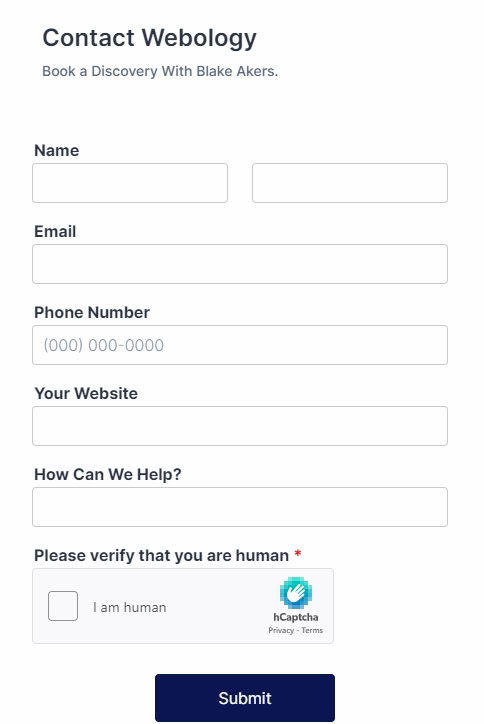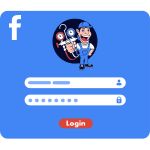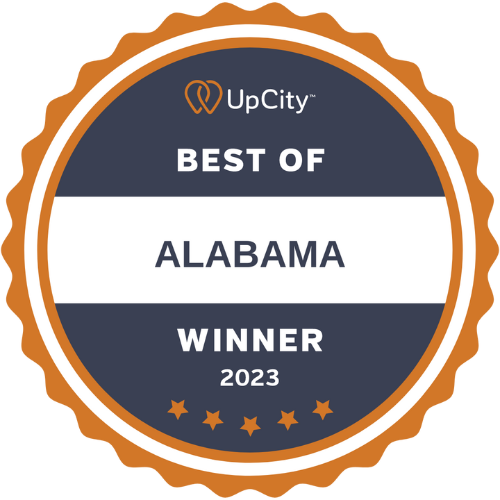Want to dominate your local market with a tried-and-tested marketing plan? You’re in the right place.
In this post, we’ll cover everything from leveraging traditional HVAC marketing to creating action-generating social media content.
By the end of it, you’ll be in a better position to attract, engage, convert, and delight more customers than 90% of your HVAC competitors.
Table of Contents
Let’s dive in.
Steal Our HVAC Business Marketing Plan to Rule Local Markets:
Here are Webology’s top 10 steps to create a solid online presence and consistently generate quality HVAC leads without fail.
Set Up a Google Business Profile
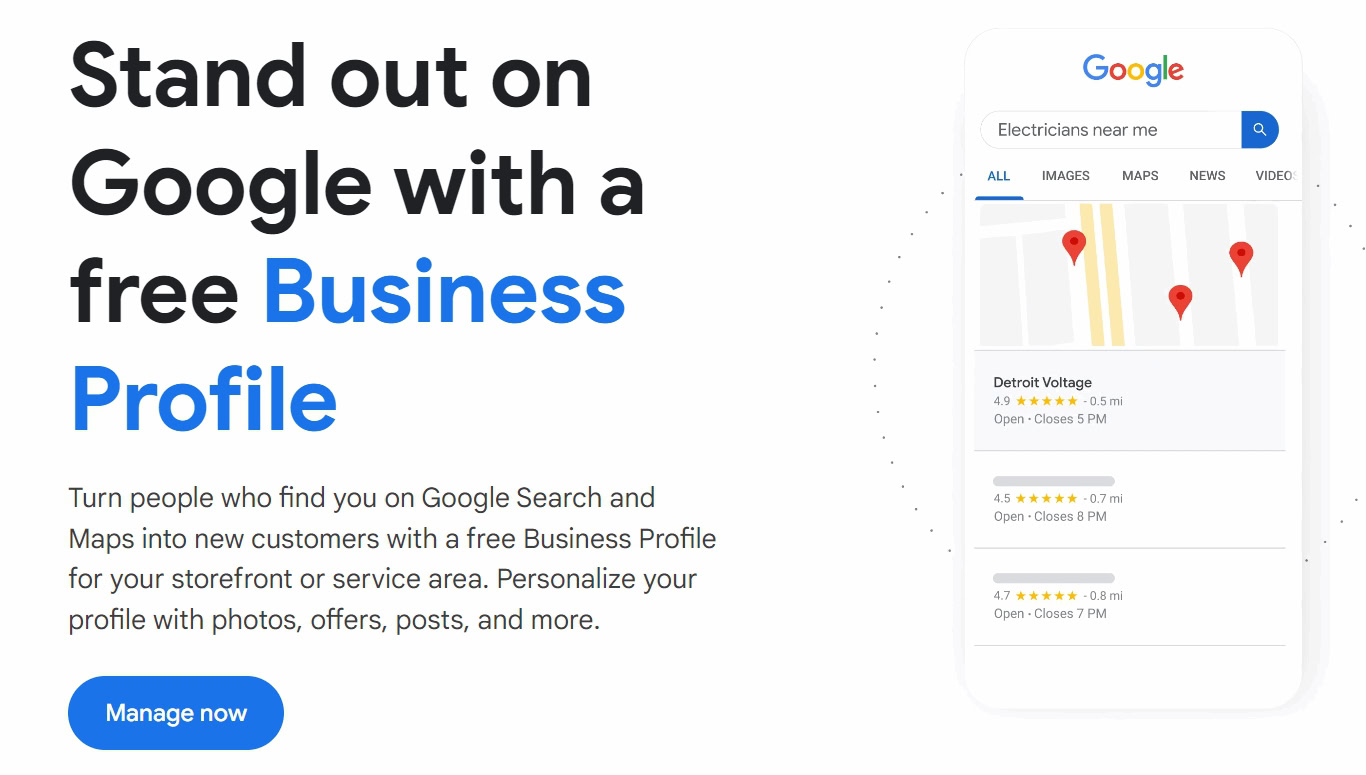
This should be one of the first things you do as a local HVAC service provider. It doesn’t matter if you’re in Birmingham Alabama or across the pond in the UK.
Why? Because people are trying to reach service providers like you on Google globally. It’s the dominant local search engine no matter where you happen to do business.
And Google serves the most optimized business listings to its users. Make your profile full of details and try to get as many of those coveted Google reviews as possible.
Getting Started with a GBP
Thankfully, creating a complete GBP is like filling out a form.
Just make sure your business information remains consistent throughout the web. Your business name, physical address, phone number, hours of operation and other details should match up between your Google Business Profile and other directories like Yelp or the Yellow Pages.
Create a Professional Website
Google My Business isn’t the only platform where people can find you online. In fact your website is the 2nd most important digital property you have because it is likely the place customers will visit last before making a decision to go with you or another company.
Create an HVAC website with all important pages, including:
- Service pages
- Homepage
- Contact page
- Privacy Policy page
Also, link your homepage with each service page and your service pages with the contact page.
Lastly, make it easy for visitors to contact you by creating a short and simple contact form. Here’s a screenshot of the one we use at Webology for example:
Optimize Your Website for SEO
Search engine optimization helps you rank your service pages on Google’s first page. People looking for a heating and air company in your area aren’t typing in the same terms over and over. One person might type in AC repair near me while another may look for emergency A/C service company. Subtle differences, but you want to make sure you cover as many words or phrases as possible in an appropriate section of your website.
For instance, you can optimize each web page with specific keywords, such as:
- AC installation in (City name)
- 24/7 HVAC emergency service in (City name)
- HVAC maintenance (City name)
- Commercial heating and air
- Thermostat replacement
- And more

By implementing SEO best practices on your website, you can attract high-quality search engine traffic on autopilot. Just cover as many topics and locations as possible so that anyone in your service area searching for HVAC related services can easily find your company. Additionally, make sure to include relevant information such as customer testimonials, service guarantees, and contact information prominently on your website.
Advertise on Google
Google ads are probably the fastest way to put a service in front of buyers.
Plus, because it works on a pay-per-click advertising model you only pay for clicks and not just views or impressions.
Here’s how it works.
Advertisers bid on a particular keyword, such as AC repair service.
This keyword has a particular per-click cost associated with it. The costs are based on a competitive bidding system.
So, whenever someone clicks on your ad, you pay that cost. It’s referred to as CPC (Cost per click).
Google considers every bid and grants ad spaces accordingly.
Paid search ads typically appear at the top of the search page.
Here’s how they look:
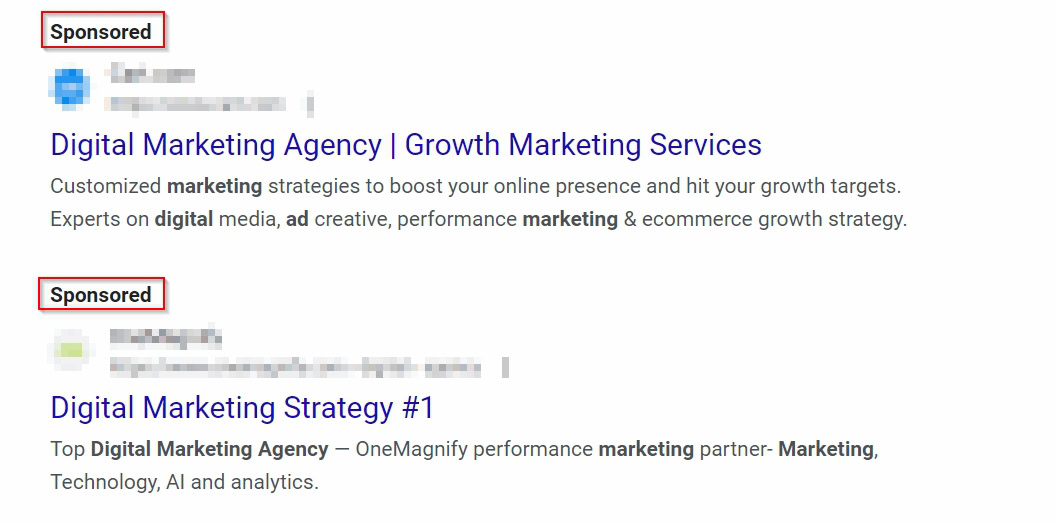
Related: Google Ads Conversion Tracking for HVAC Businesses
Use Business Listings to Generate Leads
This is one of my favorite strategies that often gets overlooked in your industry. Some online platforms connect local businesses with consumers and they can be a potent lead source because they often outrank local businesses in Google search.
These websites can also help your business’s visibility on search engines.
Popular ones include:
- HomeAdvisor
- Yelp
- Angi
- Houzz
- Thumbtack
We once worked with a contractor who was just starting out in a local market here in Alabama. They had not yet claimed their Yelp listing, even though the local page on Yelp was outranking their site and several other competitors in Google.
We helped him claim that listing and took steps to make sure his profile ranked highly in Yelp’s list of local services providers. Sure enough, within about 30 days he got a lead off Yelp without even having to pay for a premium profile!!!
It doesn’t always work out that well in more competitive markets, but it proves that business directories are still a very powerful tool in your marketing arsenal.
Start a Facebook Business Page
Facebook is the biggest social media platform. Each day, homeowners and business decision-makers in your area check in to see what’s happening on Facebook.
A Facebook business page is a free and effective way to attract a niche audience and get in front of those local eyeballs.
Like a business website, a Facebook page is where your prospects and customers learn about your business and contact you.
You can also get your customers to leave reviews on your Facebook page, which helps with everything from brand trust to SEO signals. If you have not taken the time yet, get on Facebook and secure your brand name with a business page.
Important Note: People often confuse this with their personal profile on Facebook. A personal profile is for individuals, while a business page is specifically for businesses and organizations. You log into your personal profile and then create a new business page from there.
Once you have set up your business page, make sure to fill out all the necessary information such as your company’s address, phone number, website link, and business hours. This will make it easier for potential customers to find and contact you.
Share Engaging Social Media Content
Creating the type of social media content that grabs attention and engages audiences can be tough.
But, when done right, it’s a powerful marketing tool.
Start by creating a content strategy, outlining:
- What to post
- When to post it
- How to use it to reach your marketing goals (More followers, brand awareness, conversions, etc).
All the major social media networks operate off an engagement algorithm at the moment. This means that if you want your content to be rewarded with greater organic reach, comments and shares are key.
So how do you create engaging social media content?
1. Use Visuals: People are more likely to stop scrolling and pay attention to visual content such as images or videos. Make sure the visuals you use are eye-catching and relevant to your brand.
2. Be Authentic: Audiences can spot inauthenticity from a mile away. Show your personality and let your brand’s unique voice shine through in your posts.
3. Ask Questions: Encouraging conversation is a great way to engage with followers. Ask open-ended questions related to your industry or products/services.
4. Utilize User-Generated Content: Share content created by your customers or followers on your social media accounts.
Here are some specific HVAC social media content ideas we’ve created for clients like you in the past:
- Before-and-after videos of HVAC projects
- Air conditioning tips and tricks
- Customer reviews and testimonials
- Employee spotlight videos
- And more
You May Also Like: How to Spend Your HVAC Marketing Budget?
Build Long-term Relationships with Email Marketing
There’s no better way to engage existing customers than email marketing.
Strangely enough, your social media followers don’t always see your posts like they used to. Those platforms all limited your reach to encourage you to run paid ads, but as one of the oldest digital marketing channels, email works differently.
With email, you can be sure that your message reaches the right person.
Plus, it lets you communicate your message in a more personal way. So don’t count out email marketing as out-of-date. It’s actually still the most cost effective channel we have as marketers and a great way to drum up repeat business.
Do you offer duct cleaning or whole-home air filtration? That’s a perfect subject for an offer post to your existing customer list!
Is it a slow time for you business due to the weather? Why not run a seasonal offer around maintenance plans? You can remind customers that a dirty coil is going to cost them money when it cools down or heats up outside, and encourages them to act now before their power meter starts spinning faster.
Email marketing may seem like an old-school approach, but it’s still a powerful tool. With the advancements in technology, you can now personalize and target your emails to ensure it doesn’t seem like a mass mailing.
Start a Referral Program
Many people seek word-of-mouth recommendations when looking for a local business.
However, not all your happy customers will recommend your business on their own.
You’ll need to incentivize most of them with a referral program.
Here are some examples of incentives you can offer in exchange for a referral:
- Offer a certain percentage off on one of your services on their next visit
- Offer $100 cash or credit for sending every fresh customer
- Run a contest and offer an attractive incentive to the marketers with the most referrals
Create and Print Your Business Cards
A local business card might seem cliche, but it can be a powerful marketing tool. Local networking with home inspectors, real estate agents, and other home service businesses is a great way to bring in referral business. But you need a business card before you book your first Chamber event or go to your first coffee and contacts event.
Creating a business card these days doesn’t always require professional designing skills or a lot of investment.
You can use a free online tool like Canva or get someone local to do it for you.
Importantly, here’s a list of information you should include on your HVAC business card:
- Name and logo
- A summary of what you offer
- Business address
- Phone number
- Email address
- QR code that leads to your website
- Your website’s URL
Webology offers logo creation and business card design services. Keep us in mind if you need a little help.
Use Vehicle Wraps
This is another traditional yet powerful way to attract customers to your HVAC services.
Wrap your service vehicle with your business information such as:
- Business name and logo
- A tagline with your unique selling point (e.g., speedy 24/7 emergency services)
- Phone number
- Your website’s URL
This will boost your business’s visibility as you perform more HVAC jobs.
You can create a vehicle wrap yourself or hire a freelancer.
Once you have the design, contact a local print shop and get it printed on your vehicle.
Let’s Summarize Your HVAC Marketing Opportunities:
There are tons of ways to market a local HVAC business.
Experiment with the ones discussed in this post.
Track your results to identify the strategies that work for you and double down on them.
You can pivot and expand your marketing plan as your business moves forward.
Start by creating an optimized Google Business Profile.
Then, make sure you have a well-optimized, professional HVAC website with all important pages.
Use different marketing strategies to get the word out about your business and attract quality leads.
You May Also Like: How to Build Backlinks for an HVAC Website



